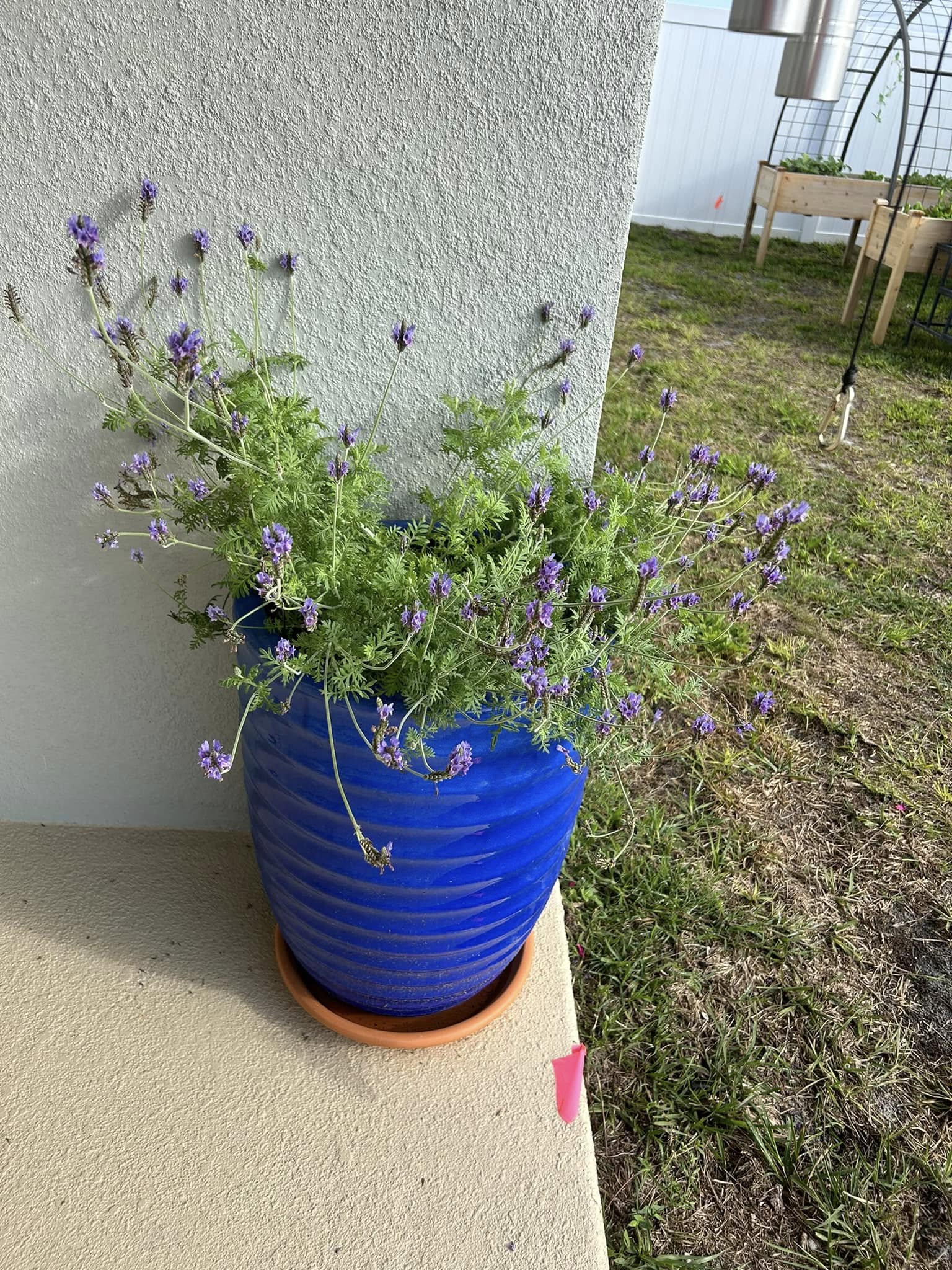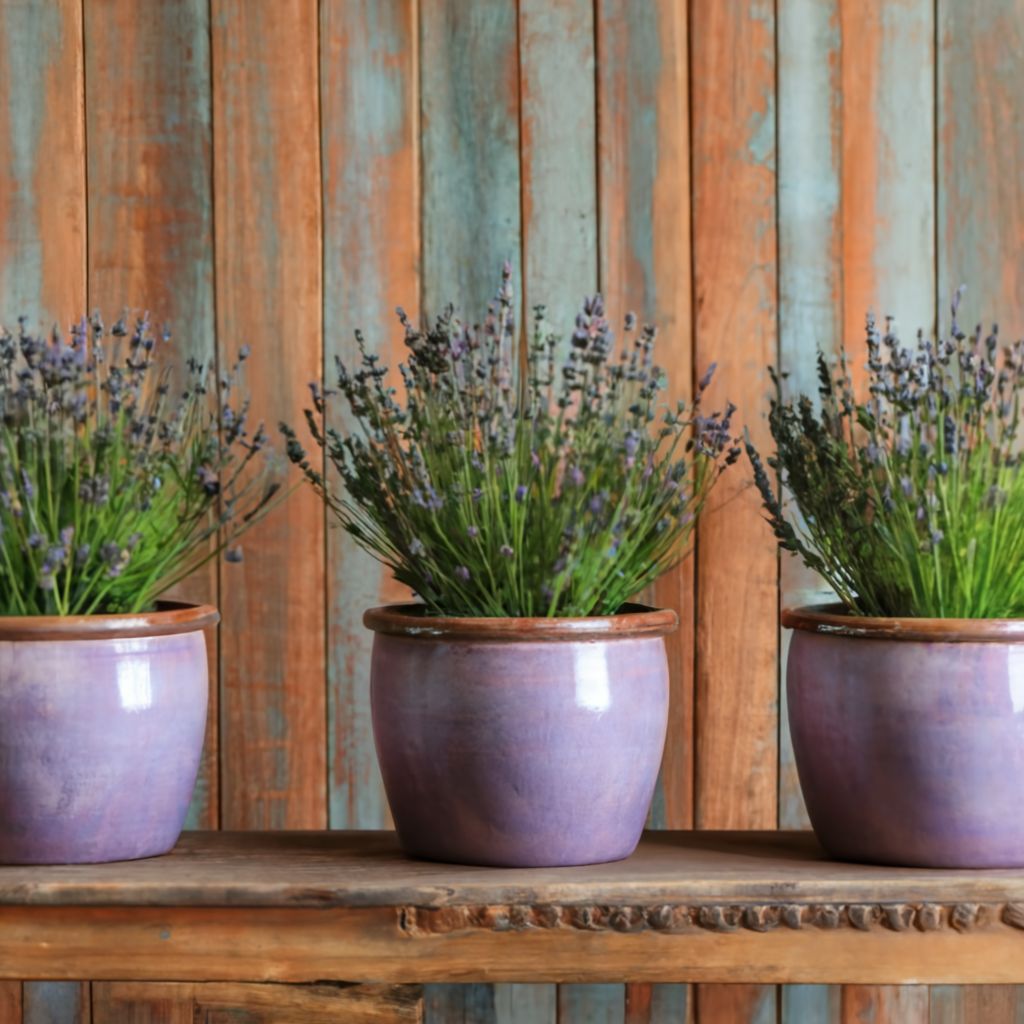
Have you ever dreamt of transforming your windowsill into a haven of calming fragrance? Look no further than lavender, the quintessential herb that graces gardens and soothes the soul. But did you know you can cultivate this fragrant wonder from a tiny seed, right inside your cozy home? This comprehensive guide will be your companion on this aromatic adventure, taking you from seed selection to witnessing the first blooms unfurl their purple magic.
This post may have affiliate links. This means that sometimes when you click a link on our site and make a purchase on Amazon, we may earn a small commission at no additional cost to you. We only recommend products we truly believe in, and your support helps keep us running!
Setting the Stage: Seed Selection and Timing
While English lavender (Lavandula angustifolia) is a popular choice, consider these compact cultivars that thrive in containers:
- Hidcote Blue: Renowned for its deep blue flowers and compact growth.
- Munstead Dwarf: A charming miniature with intense fragrance and silvery foliage.
- Little Lady: True to its name, this petite charmer boasts abundant blooms on a bushy frame.
Timing is key for successful germination. Ideally, sow your seeds 8-10 weeks before the last frost date in your region. This allows the seedlings ample time to develop strength before transitioning outdoors (if desired).
Preparing the Perfect Cradle: Pots and Growing Mix

Choosing the Right Pot:
- Select a pot with drainage holes – essential for preventing root rot, lavender’s nemesis.
- Size matters! Opt for individual pots 3-4 inches in diameter to accommodate initial growth. Later, you can transplant them into larger containers as needed.
- Material matters less – choose from terracotta, plastic, or even recycled containers, ensuring proper drainage.
Crafting the Ideal Growing Mix:
- Lavender thrives in well-draining, slightly gritty soil.
- Combine a good quality potting mix with perlite or coarse sand in a 2:1 ratio. This ensures proper aeration and drainage.
- Steer clear of garden soil – it can be too dense and retain excess moisture.
Sowing the Seeds of Success: Planting and Germination
- Moisten the Potting Mix: Fill your chosen pots with the prepared mix and lightly water it until evenly moist, but not soggy.
- Sowing the Seeds: Don’t be shy! Lavender seeds are tiny, so sprinkle them evenly over the damp soil surface. Gently press them down with your fingertips to ensure good contact.
- Light is Essential: Unlike most seeds, lavender needs light to germinate. Don’t bury them; a light dusting of the potting mix over the seeds is sufficient.
- Maintaining Moisture: Cover the pot with a clear plastic bag or humidity dome to trap moisture. Daily misting with a spray bottle helps maintain a consistently moist environment.
- Finding the Perfect Spot: Place your seed tray in a warm location (around 70°F) with bright, indirect sunlight. A south-facing window is ideal.
Patience is a Virtue: Germination can take anywhere from 2 to 4 weeks. Be patient, maintain consistent moisture, and watch in anticipation for those first green sprouts to emerge!
Nurturing Your Seedlings: Light, Water, and Care
Light Up Their Lives: Seedlings crave intense light. Aim for 12-18 hours of daily light exposure. Supplement natural sunlight with LED grow lights if needed, positioning them 1-2 inches above the plants.
Water Wisely: Finding the watering balance is crucial. Allow the top inch of soil to dry out slightly between waterings. Overwatering is a recipe for disaster.
Fertilizing for Success: Once your seedlings have developed a few sets of true leaves, you can begin feeding them with a diluted liquid fertilizer every two weeks during the growing season. A balanced fertilizer formulated for herbs is ideal.
Thinning the Ranks (Optional): If your seeds germinated too densely, consider thinning them out to promote healthy growth. Gently remove weaker seedlings, leaving the strongest ones spaced about 2 inches apart.
The Great Outdoors Beckons: Transplanting and Beyond
The Time is Right: Once the danger of frost has passed and your seedlings have developed at least 4-6 sets of true leaves, they’re ready to embrace the outdoors (if desired).
Hardening Off: Don’t subject your pampered seedlings to harsh outdoor conditions overnight. Gradually introduce them to the elements by taking them outside for increasing periods over a week.
Choosing the Perfect Spot: Select a location bathed in at least 6-8 hours of direct sunlight daily. Lavender thrives in well-draining soil. If your garden soil is heavy clay, amend it with sand or compost to improve drainage.
Planting Outdoors: Dig a hole slightly larger than the root ball of your lavender plant. Gently remove the seedling from its pot and place it in the hole.
Fill the hole with the amended soil, ensuring the plant sits at the same level it did in the pot. Water thoroughly to settle the soil around the roots.
Enjoying the Rewards:
With proper care, your lavender plants should reward you with fragrant blooms in mid to late summer. Here’s how to ensure a flourishing harvest:
- Deadheading: Regularly remove spent flowers by pinching them off just below the bloom head. This encourages further flower production throughout the season.
- Pruning: After flowering, give your lavender a light prune to maintain its shape and encourage bushier growth. Aim to remove no more than one-third of the plant’s overall volume.
- Winter Care: In colder climates, where winters are harsh, protect your outdoor lavender plants with a layer of mulch around the base. Containerized lavender can be brought indoors and placed in a sunny location for the winter.
Indoor Lavender Magic: Long-Term Care
If you prefer to keep your lavender indoors year-round, here’s what you need to know:
- Potting Up: As your lavender matures, it will require repotting into a larger container every 1-2 years. Choose a pot that’s 2-3 inches wider in diameter than the previous one.
- Light Remains Key: Even indoors, consistent light is vital. Aim for at least 6-8 hours of bright, indirect sunlight daily. Rotate your plants regularly to ensure even growth.
- Winter Blues: Indoor light levels often decrease in winter. Supplement natural light with grow lights to maintain optimal growth.
- The Art of Pruning: Prune your indoor lavender regularly to maintain a compact shape and encourage continued flowering.
Troubleshooting Common Issues
Leggy Growth: This is a sign of insufficient light. Move your plant to a brighter location or supplement with grow lights.
Yellowing Leaves: Overwatering is the culprit here. Allow the soil to dry out slightly between waterings.
Lack of Flowers: The most common reasons are insufficient light or inadequate pruning. Ensure your plant receives enough light and deadhead spent flowers regularly.
Pests and Diseases: Thankfully, lavender is relatively pest and disease resistant. However, keep an eye out for aphids or fungal diseases. Treat them with organic insecticidal soap or fungicide if necessary.
